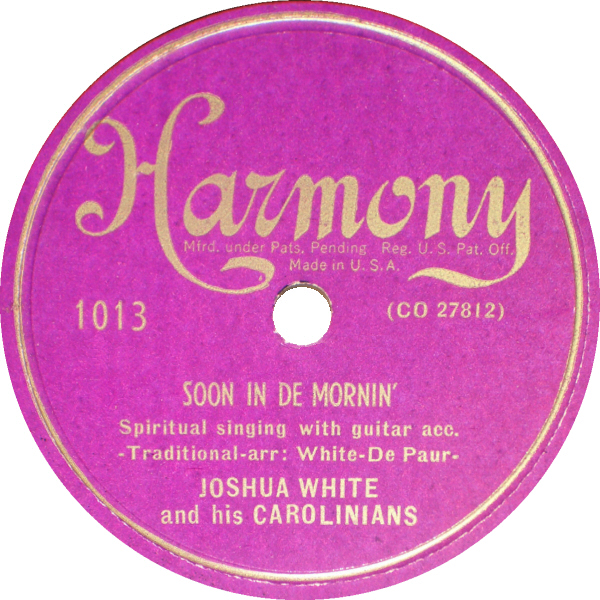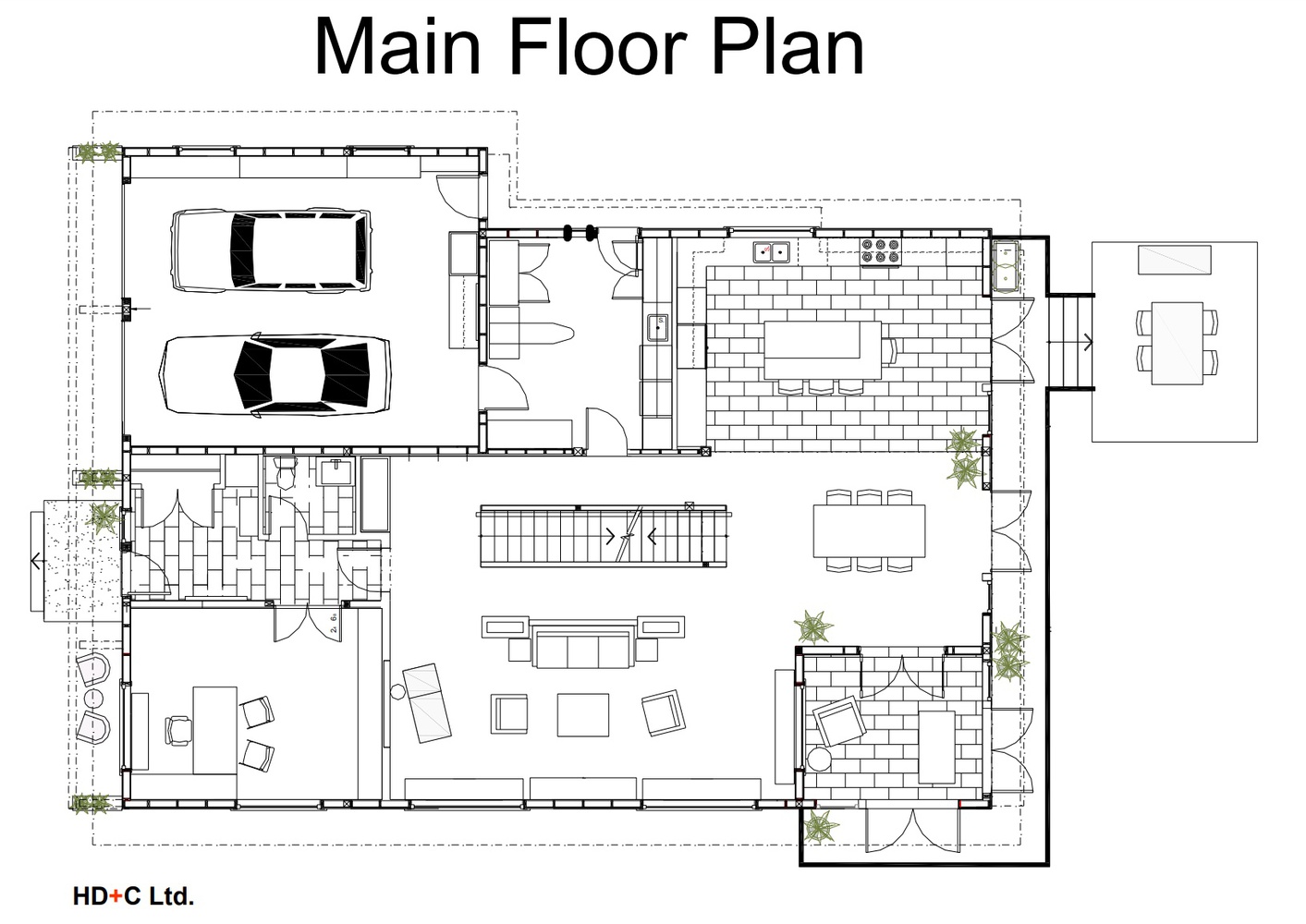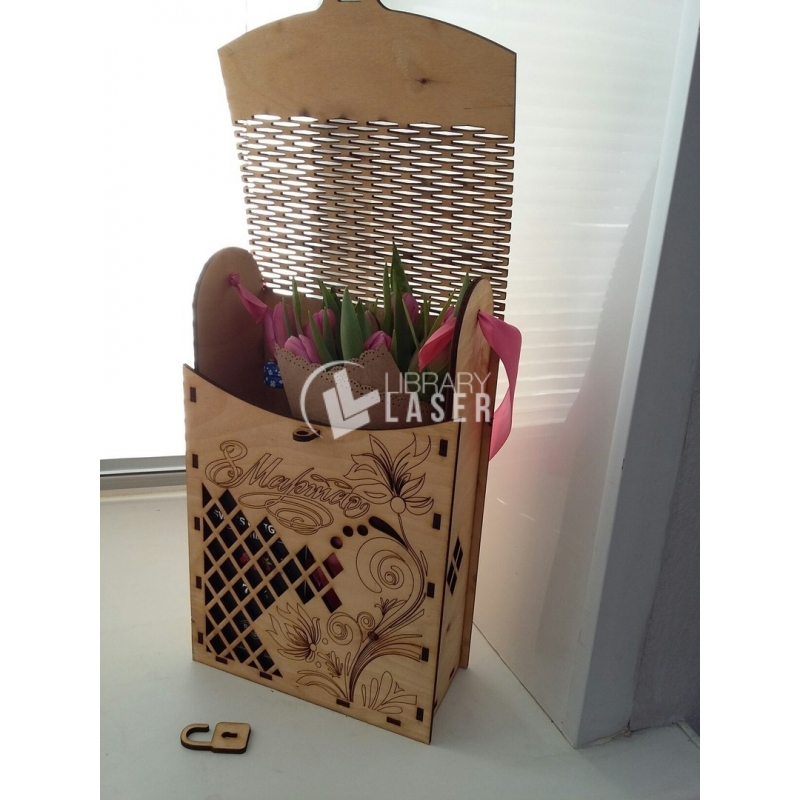Table Of Content

Gently rising steam is represented in this pattern by two curving lines, sometimes referred to as waves. The rising steam represents the capacity to rise above events that occur in life. Similar to a Gingham pattern, the Ichimatsu pattern is constructed of squares arranged alternately based on different colors. A Japanese paper lamp from designer Isamu Noguchi's Akari range stands on a wood-burning stove stacked with logs, Scandinavian-style. Here, the owners can lounge on furniture that Norm Architects designed together with Karimoku Case Study – the sister brand of Japanese manufacturer Karimoku. This Dezeen Lookbook presents seven interiors that combine design influences from Japan and Scandinavia in a style that has become known as "Japandi".
Tadanori Yokoo “Word Image” Poster
I wanted to protect the woman's body from something – maybe from men's eyes or a cold wind" said Yamamoto in an interview with New York Times in 1983. As part of the renovation and expansion of this London townhouse, London-based Daytrip loosely lime-washed the walls and added polished concrete floors to create a "calm and serene home". In the open-plan living room, dining room and kitchen, a table and chairs by Danish designer Finn Juhl share the spotlight with Japanese pottery and woven mats sourced from Tokyo. Mid-century design and American crafts also feature in the house, balancing out the Japanese minimalism. While Pantechnicon's interiors are pared-down, plenty of wood detailing gives the space an inviting feel, and lantern-like lights and green plants have been added to soften the minimalist aesthetic. This is the latest lookbook in a series providing visual inspiration for interior designers and design lovers.
IGArchitects slots skinny 2700 house into narrow plot in Japan
Post-war designers in Japan fused traditional aesthetics with modern, Swiss-inspired international styles. They balanced clean, grid-based layouts from the International Typographic Style with handmade brush strokes, fabrics, origami textures, and calligraphy. Traditional Japanese art forms, such as ukiyo-e woodblock prints and kabuki theater, have a significant impact on contemporary Japanese graphic design. In traditional Japanese interiors, "the walls are white or light beige-toned plaster," Kaneko says. Benjamin Moore's Chantilly Lace or Snowfall White, as well as "a little textured Japanese plaster." When color does appear, it is inspired by nature and often displays a subtle gradation, Ashizawa explains.
February 24, 2023 Lifestyle, Fashion

Wabi and sabi are so closely related and complement each other they are often referred to as wabi-sabi and so we get a blended design principle. Wabi-sabi translates as flawed beauty and the wisdom in natural simplicity. It’s an aesthetic sensibility, a way of living that sees beauty in imperfections and peacefully embraces the natural cycle of growth and decay. From calligraphy to animation, Japanese graphic design trends play a massive role in graphic design today. You don't need to be a Japanese graphic designer to be able to create inspiring Japanese designs.
Over time their meanings converged to form wabi-sabi, an intuitive way of living that encourages you to find beauty in the imperfect, impermanent and incomplete. It inspires you peacefully embrace the natural cycle of growth and decay. SCHOLARS HAVE long argued that Impressionism and Post-Impressionism might never have emerged at all had the American Commodore Matthew C. Perry not sailed into Edo Bay, Japan, in 1853, armed with a squadron of Navy ships. For 214 years, Japan had adhered to a strict policy of sakoku (“closed country”), fending off any foreign nation — especially convoys from an increasingly frustrated and curious West — that tried to open its borders.
Japanese Designs That Have Subtly Outdone the Rest of the World
Six Senses hotel Kyoto: find yourself in this breathtaking Japan debut - Wallpaper*
Six Senses hotel Kyoto: find yourself in this breathtaking Japan debut.
Posted: Tue, 23 Apr 2024 07:45:00 GMT [source]
Asuka Watanabe is a graphic designer and illustrator based in Tokyo. Their style is described as "a combination of fine art and industrial design." Recurring themes in Asuka's work are abstraction through geometric shapes, symmetrical arrangements, and bright and contrasting colors. Overall, Japanese interior design embodies a timeless elegance and a deep reverence for nature, simplicity, and harmony.
These art forms have influenced Western Art and Design for hundreds of years—Japanese woodblock prints, for example, influenced many famous Western artists, such as Gustav Klimt and Vincent Van Gogh. Making their debut were four new Neri&Hu products, including the serenely-lined Qi collection sofas and ottomans alongside the measured geometry of The Inter wood coat rack and console. Miyake's signature pleating technique revolutionized the industry, allowing fabric to hold its shape without ironing.
Naoto Fukasawa Itka Table Lamp
Traditionally used in temples and shrines but with declining popularity in recent decades, the company hopes to revive the wood by highlighting its material beauty, as in furniture pieces created for Azabu Hills Case Study 10. One of the most significant aspects of the kimono is the longevity of its history. It is a garment that has evolved through at least one thousand years of Japanese culture, dating back to its beginnings in the Heian era. Chiso, a company based in Kyoto, was established in 1555, and has long overseen the development of the kimono in Japan. When the company first began, it provided aristocrats and monks with clothing. The company grew to provide for temples and imperial family members.
Origins of Modern Manga
The patterns stand out despite—or perhaps because of—her use of monochrome. In place of color, form is allowed to come forward loudly in center stage. Takahashi says she is interested in sustainable, rational, and genderless designs. She hopes that her dedication to the craft inspires others to think in this direction. Besides crafts, Japan is known for its recognisable design aesthetic. Closely tied to the principles of its ancient crafts, many designs from Japan are made from natural materials and tend to feature traditional elements and pared back forms.
Although creative work in Japan has had some key influences ranging from Zen Buddhism to Western Art, Japanese graphic design follows certain principles that distinguish it from other styles. The phrase "Japanese design" would, of course, refer to creative work done by Japanese designers. Still, Japan's unique culture, history, and development lend a recognizable style to work done within the country or by creatives living in the Japanese diaspora. Appreciating the simple things in life is integral to Japanese culture and forms the foundation of Japanese design. Let's take a deeper look at what makes Japanese design so special and how it is interpreted in graphic design. Often, we describe it with words like minimalist, elegant, and subtle, with objects that fool our eyes; something could weigh a ton but still be seen as airy and light.
And she is the first asian woman to be included in the official haute couture design house by the Fédération française de la couture in France. In 1996, the Japanese Government awarded her the Order of Culture award; she was the first fashion designer to receive it. But what is perhaps most fascinating about Japan's fashion scene is the recent revival of traditional Japanese clothing designs, particularly the kimono.
Considering that the Japanese alphabets contain thousands of characters, it's not surprising that most Japanese design work is accompanied by custom typography and hand-drawn lettering. Compared to American comics, manga is more visual and contains fewer words. Manga also has a wide range of genres that appeal to a larger demographic.
An important element of ma is temporal—it can have a time element to it, an interval. It’s not essential that time be a part of it, but often it is and in ways not always obvious. It’s a void, but this doesn’t mean “empty space.” Actually it’s closer to meaning “open space” and can be vibrant and dynamic. Making sure that you understand the cultural background of Japanese designs will show respect and sophistication in your own creative work. More recently, the 1990s revival of Pop Art ("Neo-Pop") has some influential proponents like artist Takashi Murakami, who blends Japanese folklore with manga, American Pop Art, and design.
Like many traditional Japanese homes, this house contains a square, open hearth (iriori), which was once the center of family life, providing heat, light and a place to cook. During the renovation of the house, Bengs added double-glazed windows to the room, giving it a more open atmosphere. The relationship between the interior and the garden is very important in traditional Japanese architecture.
Simplicity is also key, says Masa Kaneko of Crafits Design Studio and Ippin Project in Brooklyn, NY. "'Simple' is the keyword, as a basic aesthetic sense related to design, not only interior design but also architecture, products, fashion, etc.," he says. Contrary to Western beliefs that encourage the addition of interior components, Japanese designs "prefer less decoration" and promote removing distracting elements.












